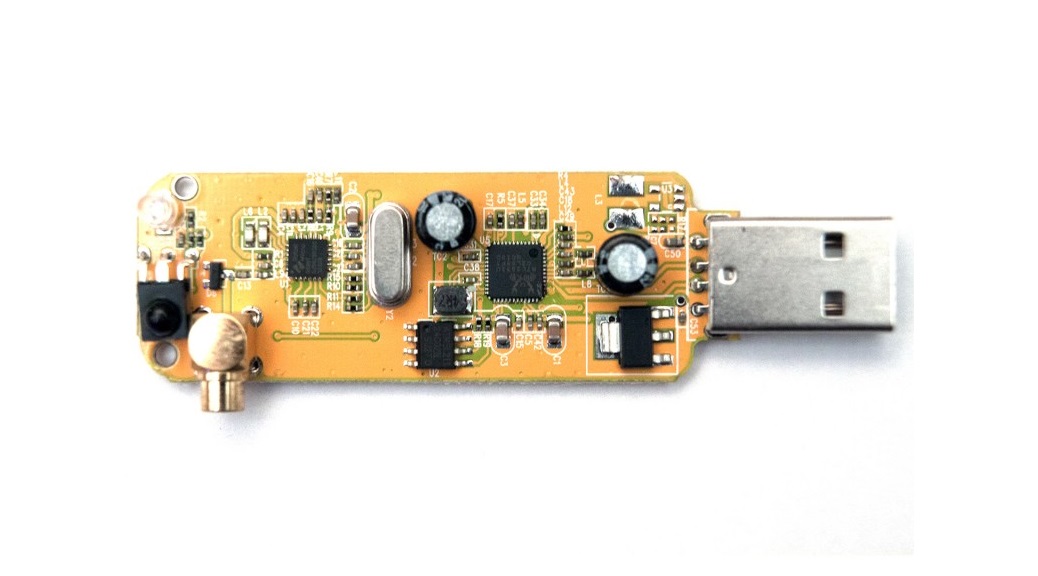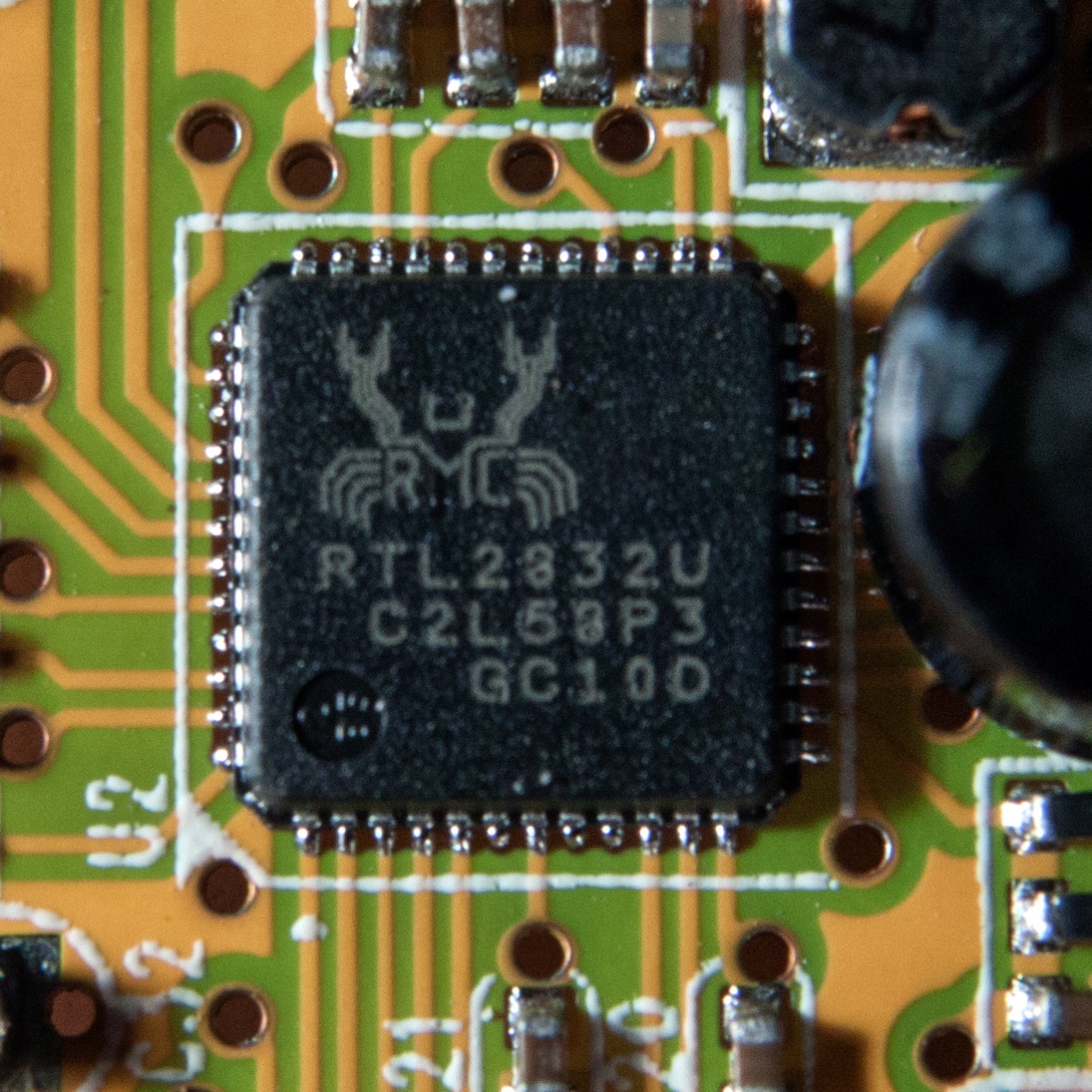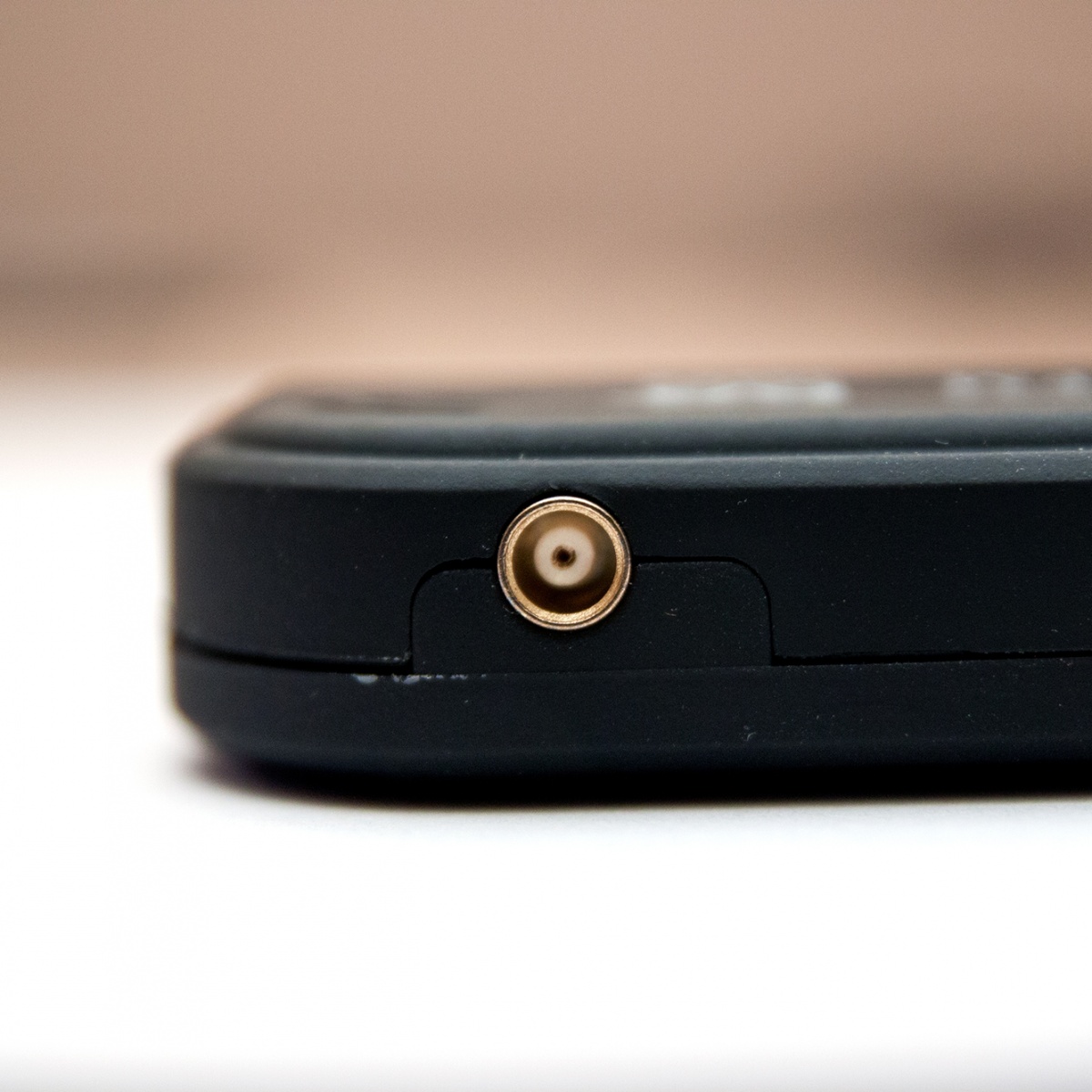One of the responsibilities of the Technical Coordinator in the Ohio Section is to submit something for the Section Journal. The Section Journal covers Amateur Radio related things happening in and around the ARRL Ohio Section. It is published by the Section Manager Tom – WB8LCD and articles are submitted by cabinet members.
Once my article is published in the Journal, I will also make it available on my site with a link to the published edition.
You can receive the Journal and other Ohio Section news by joining the mailing list Tom has setup. You do not need to be a member of the ARRL, Ohio Section, or even a ham to join the mailing list. Please sign up!
If you are an ARRL member and reside in the Ohio Section, update your mailing preferences to receive Ohio Section news in your inbox. Those residing outside the section will need to use the mailing list link above.
Updating your ARRL profile will deliver news from the section where you reside (if the leadership chooses to use this method).
Go to www.arrl.org and logon.
Click Edit your Profile.
You will be taken to the Edit Your Profile page. On the first tab Edit Info, verify your Email address is correct.
Click the Edit Email Subscriptions tab.
Check the News and information from your Division Director and Section Manager box.
Click Save.
Now without further ado…
Read the full edition at:
THE TECHNICAL COORDINATOR
Jeff Kopcak – TC
k8jtk@arrl.net
For some time, the ARRL and myself have recognized the importance of makers as a way to breathe new life into the hobby. In one of my last in person appearances, our State Government Liaison, Bob – W2THU, posed the question to me: ‘how do we get younger people into the hobby?’ Some time ago my answer would have been “digital” but, in recent years, has shifted to makers – not only as a way to get younger people but a way to get like-minded people into the hobby.
What are makers? Adam Savage of MythBusters: “Humans do two things that make us unique from all other animals; we use tools and we tell stories. And when you make something, you’re doing both at once.” There is no single definition. Responses are broad and varied. A broad definition includes someone who creates something, usually in relation to creating, inventing, and learning. Frequently associated with makers are makerspaces, also called hackerspaces or fablabs. These offer shared resources by way of amenities such as machine shop, wood shop, welding shop, electronics lab, 3D printer, laser engraver, art supplies, blacksmithing, molding and casting, robotics lab, CAD software, glass blowing, space for experiments, and even entrepreneurship classes. These are things you might like to have, own, but are too expensive, unreasonable to own, or would be only utilized for a project or two.
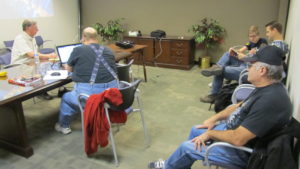
A blog post by Rob – KJ7NZL makes very strong arguments why the ham radio community needs to embrace hackers now more than ever. Hackers are usually promoted as something “bad” when it is hackers that figure out how something works and then explore possibilities. Sure, license numbers are on the rise in the hobby but no one is pushing the limits of RF technologies. I’ve always been proud of the fact hams were using receiver voting systems and ways to detect a weakening signal at one receiver while, at the same time, increasing at another receiver. This, well before cell phone carriers built their networks on the same technology. However, instead of hams leading the way, we’re now lagging behind by adopting developed technologies and making them work for our own purposes. Prime examples being DMR, P25, and NXDN. There are no call signs in these radios. Radios identify themselves with a 5- or 7-digit ID. Other issues aside, D-STAR was at least developed by hams and implemented by manufactures.
Rob makes a number of compelling points to attract hackers. “Stop Primarily Promoting Emergency Communications.” I’ve always seen Amateur Radio having two distinct draws to the hobby: emcomm and experimentation. While I agree with his point personally, I’m also pretty biased. Under “Basis and purpose” at the beginning of Part 97 is the following:
The rules and regulations in this part are designed to provide an amateur radio service having a fundamental purpose as expressed in the following principles: (a) Recognition and enhancement of the value of the amateur service to the public as a voluntary noncommercial communication service, particularly with respect to providing emergency communications.
Bold added to highlight. While promoting is not providing, it’s still the first reason of purpose. There are significant amounts of time and effort by our leadership and everyone involved with aspects of emcomm, including myself, to build and maintain relationships with governmental entities, keep up with regulation, political and policy changes, and training – to name a few. Lessen their efforts is likely throwing the baby out with the bath water. At the same time, I’m not talking about preppers and anyone with a Tech license and a Baofeng who really thinks they’re going to save the world. If the SHTF, I’m going to be more worried about my family and getting my behind to safety. Grabbing an HT might be on the list but it won’t be top of mind.
As Rob points out in his post, the hacker community isn’t going to care about sending messages during thunderstorms. When you mention Amateur Radio to those not in the community, most go to the prepper or underground bunker imagery because that’s what they know ham radio to be. Not those making, creating, and hacking things to improve, not only the hobby but maybe the portable life-chronicling device everyone carries around called a phone. Not promoting this important hacker aspect of the hobby has brought us to where we are today. The technical side is seen as less important.
In the same vein as preppers and Baofeng users, hackers need to be responsible. Your ham license does NOT give you any right to illegally access or manipulate private property without permission or accessing other radio systems over-the-air. Don’t think so? Ask a judge if you have any right to be on the statewide or regional public safety systems as a ham or regular citizen. No, no you absolutely do not.
“Start Promoting Software Defined Radio.” There is a lot of potential in SDR devices and I feel hams aren’t utilizing these devices to their maximum potential. SDR might usher in talent. If we, hams, keep downplaying technologists by saying ‘ooooohhh, it needs a COMPUTER, it’s not ham radio!’ this hobby is already dead. Thanks, thanks a lot.
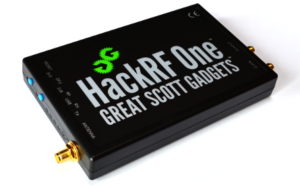 Luckily, SDR devices are readily available from $20 for an RTL-SDR RTL2832U to thousands for a FlexRadio, and everywhere in-between. You can do a lot with the inexpensive RTL-SDR, much of it using ham modes and bands. I’m happy to say one of the people I’ve learned the most about radio signals is a licensed ham, Mike Ossmann – AE3H of Great Scott Gadgets, the company behind the HackRF One.
Luckily, SDR devices are readily available from $20 for an RTL-SDR RTL2832U to thousands for a FlexRadio, and everywhere in-between. You can do a lot with the inexpensive RTL-SDR, much of it using ham modes and bands. I’m happy to say one of the people I’ve learned the most about radio signals is a licensed ham, Mike Ossmann – AE3H of Great Scott Gadgets, the company behind the HackRF One.
Technical regulation, I believe, is also hampering these efforts. Why are we still limited to baud rates of 300 on some bands? Why are we not at the point of reasonable bandwidth requirements? I have no friggin’ idea. Let’s really find out what we can do within 2.8 kHz. Baud rate and the encryption/privacy debate are two topics I think we need to figure out – three weeks ago. Privacy debate includes the self-doxing requirement of having our own personally identifiable information (PII) available to the public. Many people, in particular women, do not want their address available on the Internet.
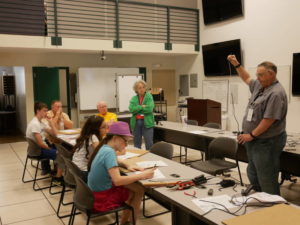
“Provide Communities That Foster Technical Discussion and Exploration.” I didn’t realize this was as big of an issue. Likely in reaction to the blog post, I’ve had stations appear on the K8JTK Hub saying they were looking for places to have technical discussions. A younger ham stated something to the effect, ‘I’m looking for places that have technical discussions. I’m not looking to make a quick QSO and talk about the weather.’ I could think of a couple technical nets but not dedicated reflectors or talkgroups for in-depth technical discussions. I informed him that while my system is open, there wasn’t only technical discussions taking place but he was welcome to use it if he encountered or wanted to hold such discussion. Then we had an hour long (or more) QSO on everything from cryptocurrency to Internet routers and Wi-Fi access points. It’s not going to be for everyone but it was nice to have in-depth technical discussions.
Rob created a YSFReflector to facilitate technical discussion: #33360 – Radio Hackers. Dashboard: http://hackers.ysf.kj7nzl.net. Immediately saw comments ‘ooohhh, it’s using YAESU radios and WIRES-X.’ I love it. Not really. Everyone conflates the YSF/YSFReflector system, which is an open source Fusion reflector system, with WIRES-X, which is closed-source and proprietary to Yaesu and Yaesu equipment. Yaesu System Fusion as a standard, the technology in the radio and repeaters, is also closed-sourced. YSFReflectors are easy to setup and likely the reason Rob went there first.
Hackerspaces are excellent communities to promote the technical nature of ham radio. If your club is not involved with a hacker or makerspace, support a club that is involved. Or start talking with one near you. You’ll probably find they are waiting for a club or someone to partner with on radio, circuits, or electronics.
What are you doing to promote the technical side of the hobby?
Thanks for reading and 73… de Jeff – K8JTK

